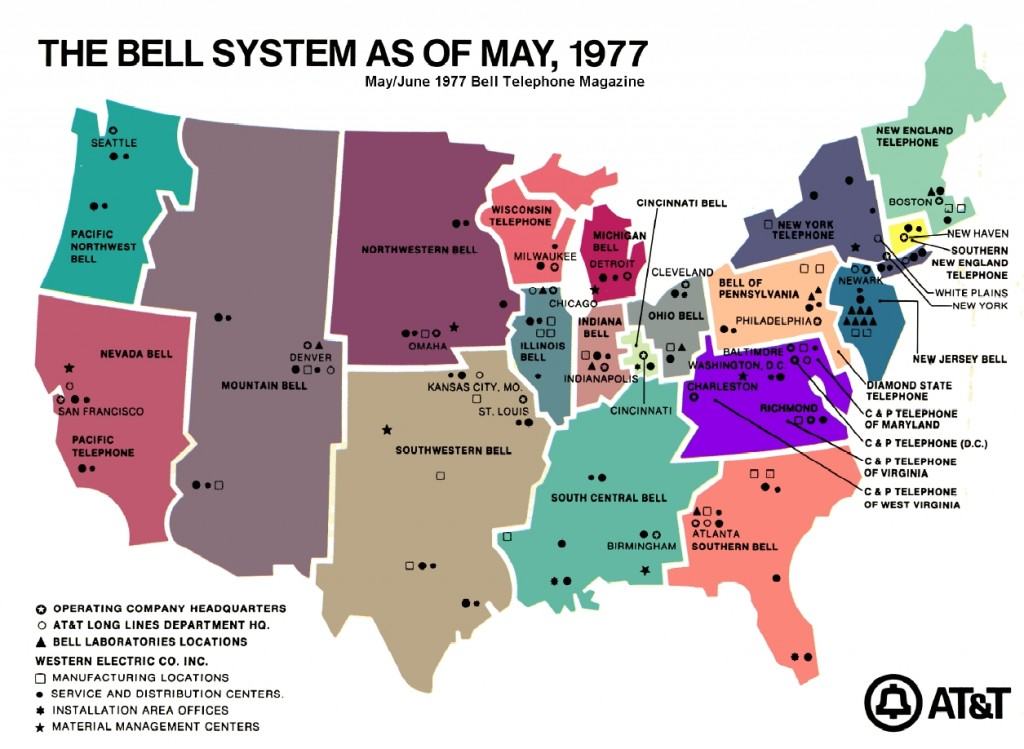Time Warner Cable Merrily Raising Your Rates This Holiday Season Even While It “Gets Tough” On Costs
 While Time Warner Cable continues to ask customers if they should “get tough” with cable programmers’ price hikes, they are rolling over customers with more rate increases anyway.
While Time Warner Cable continues to ask customers if they should “get tough” with cable programmers’ price hikes, they are rolling over customers with more rate increases anyway.
The latest region facing higher cable bills is southern California. Customers were notified rates were increasing an unspecified amount in January 2010. Company spokesman Darryl Ryan told the Orange County Register that he can’t easily categorize the average increase since every bill will be different.
Readers managed:
- Margaret from Huntington Beach says that some price hike examples are: The All the Best goes to $122.99, from $119.95; the ‘Surf ‘n View’ increases $2.04; broadcast cable goes up $2; Internet only goes up $2.04; and DVR increases to $1.54. One decrease: the remote control drops $0.05.
- Dana from Anaheim Hills got a letter too and had to call customer service to figure out what it meant. Essentially, Dana found out basic service was going up $5 to $8 per month. To keep the existing price, customers must commit to a 2-year contract.
This price increase, with more likely to follow, comes because of programming costs according to the nation’s second largest cable operator. The company has recently tried to engage consumers in an effort to “keep costs down” through its “Roll Over or Get Tough” campaign. Time Warner Cable claims broadcasters and other cable programmers are demanding as much as 300% more for their programming in 2010.
[flv width=”640″ height=”380″]http://www.phillipdampier.com/video/TWC Holidays Ad.flv[/flv]
Time Warner Cable’s ‘Roll Over or Get Tough’ campaign is running this ad for the holidays.
The Parents Television Council called the marketing campaign “self serving,” said Tim Winter, the organization’s president. The group said consumers are always put in the middle of pricing arguments, either from the cable company’s perspective or the network trying to get carriage or threatened with removal from cable lineups. The PTC calls it posturing, and in the end prices typically get negotiated down a few pennies at most.
The PTC advocates consumers being able to pick and choose only those channels they want. The group runs the website How Cable Should Be, which breaks down some of the estimated wholesale prices programmers charge cable companies for their programming. Consumers can use the site to pick and choose their favorite channels and add up what their monthly bill could be if they weren’t paying for channels they don’t watch.
<
p style=”text-align: center;”>[flv]http://www.phillipdampier.com/video/Bundling Bummer.flv[/flv]
The Parents Television Council’s “Bundling Bummer” message illustrates how consumers get stuck paying for channels they never wanted. (3 minutes)
Time Warner Cable claims that more than 400,000 visitors to their campaign website have been overwhelmingly positive towards the company’s “fight back” stance.
“We’re delighted with the results so far,” said Time Warner chairman, president and CEO Glenn Britt. “Over 150,000 people have left comments, and 95% of them voted for ‘Get Tough.’ Our customers clearly agree that the current programming business model is broken. One comment we’re hearing pretty consistently is that customers would like the choice to buy smaller packages of channels. As an industry, we need to listen to those kinds of concerns.”
But the company’s site doesn’t make it easy to “roll over.” Those who try to choose “roll over” are prompted instead to choose “fight back.”
Industry observers suggest Time Warner’s campaign is an opening shot for upcoming contract extensions for a handful of programmers, most notably broadcasters. In the very center? News Corporation and the Fox family of cable and broadcast stations.
[flv]http://www.phillipdampier.com/video/TWC 300 Percent Pay Raise.flv[/flv]
Time Warner Cable asks if you are getting a 300% pay raise in this ad asking if customers want the company to fight back against programmer price increases.
Behind the scenes, Time Warner Cable has been taking shots at Fox over negotiations between Sinclair Broadcasting, which owns 20 Fox-affiliated TV stations, and Mediacom, a smaller cable operator. In an ex parte comment filed December 8th, Time Warner Cable took direct aim at the network, suggesting they were demanding veto power over local negotiations with individual stations. If the network doesn’t like the terms the local station and cable system settle on, Fox wants the right to object. Time Warner Cable suggested that precedent is already in place based on negotiations between Sinclair and Time Warner which only resulted in one-year extensions. The cable operator assumes Fox will be back a year from now demanding up to one dollar a month per subscriber for each Fox affiliate the cable system carries.
Why does Fox care so much? Because they, like many other television networks, have begun asking for a percentage of the revenue earned from retransmission consent agreements. With a weak ad market, every penny counts.
Fox called the cable operator’s tactics a “desperate campaign to mask its impressive profits and instead malign its program suppliers’ efforts to receive fair compensation.”
Regardless of who wins the fight, subscribers lose because they bear the brunt of the cable operator’s business model which forces customers to pay for dozens of channels they’ll never watch, and when prices for those networks increase, so shall the customer’s bill.
[flv width=”480″ height=”290″]http://www.phillipdampier.com/video/Canada Retrans Consent Ad.flv[/flv]
Canadians are also going through a similar battle between cable systems and local broadcasters who demand payment for carriage. The hardball campaign plays out on Canadian TV screens with ads like this.


 Subscribe
Subscribe




